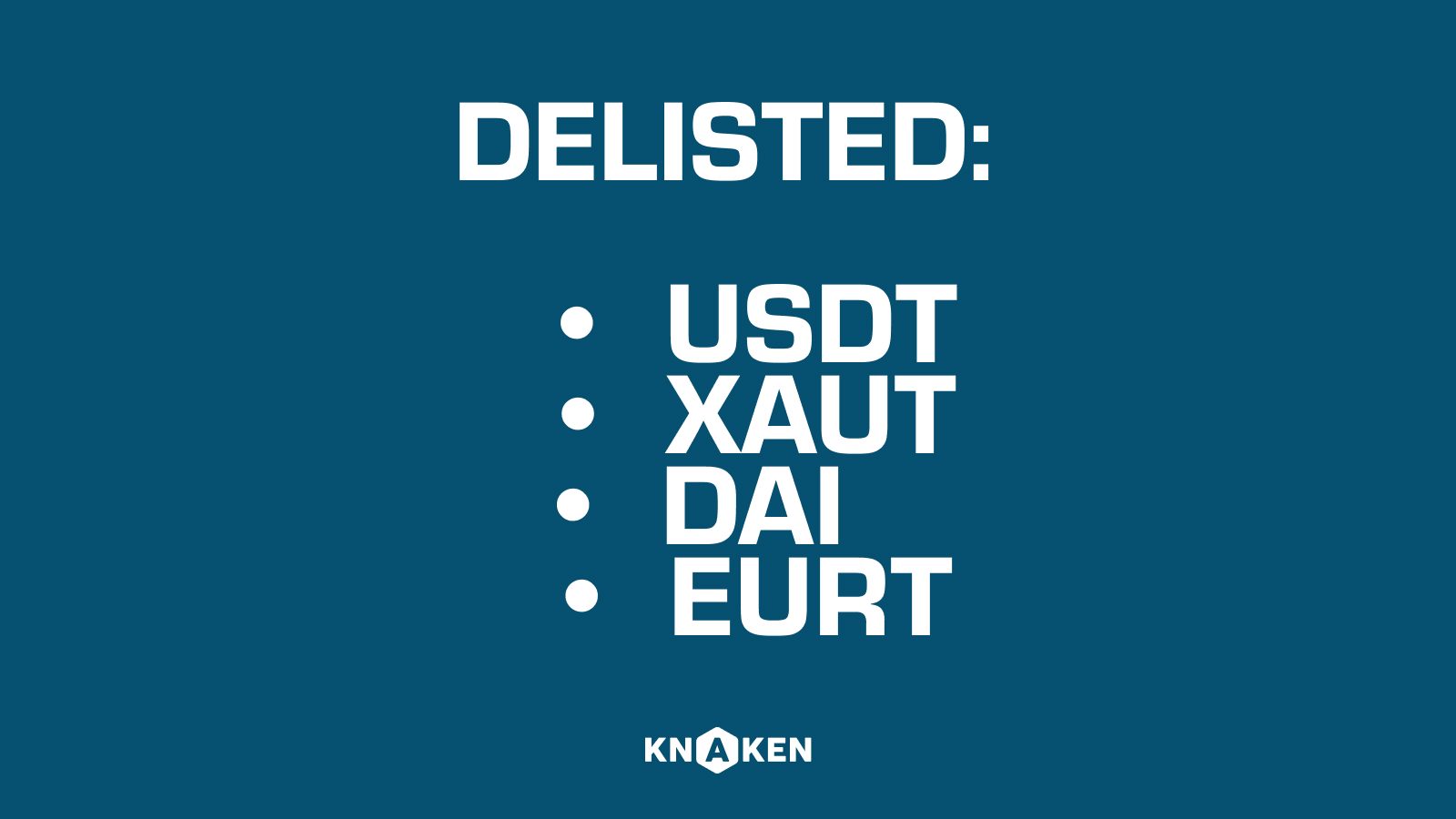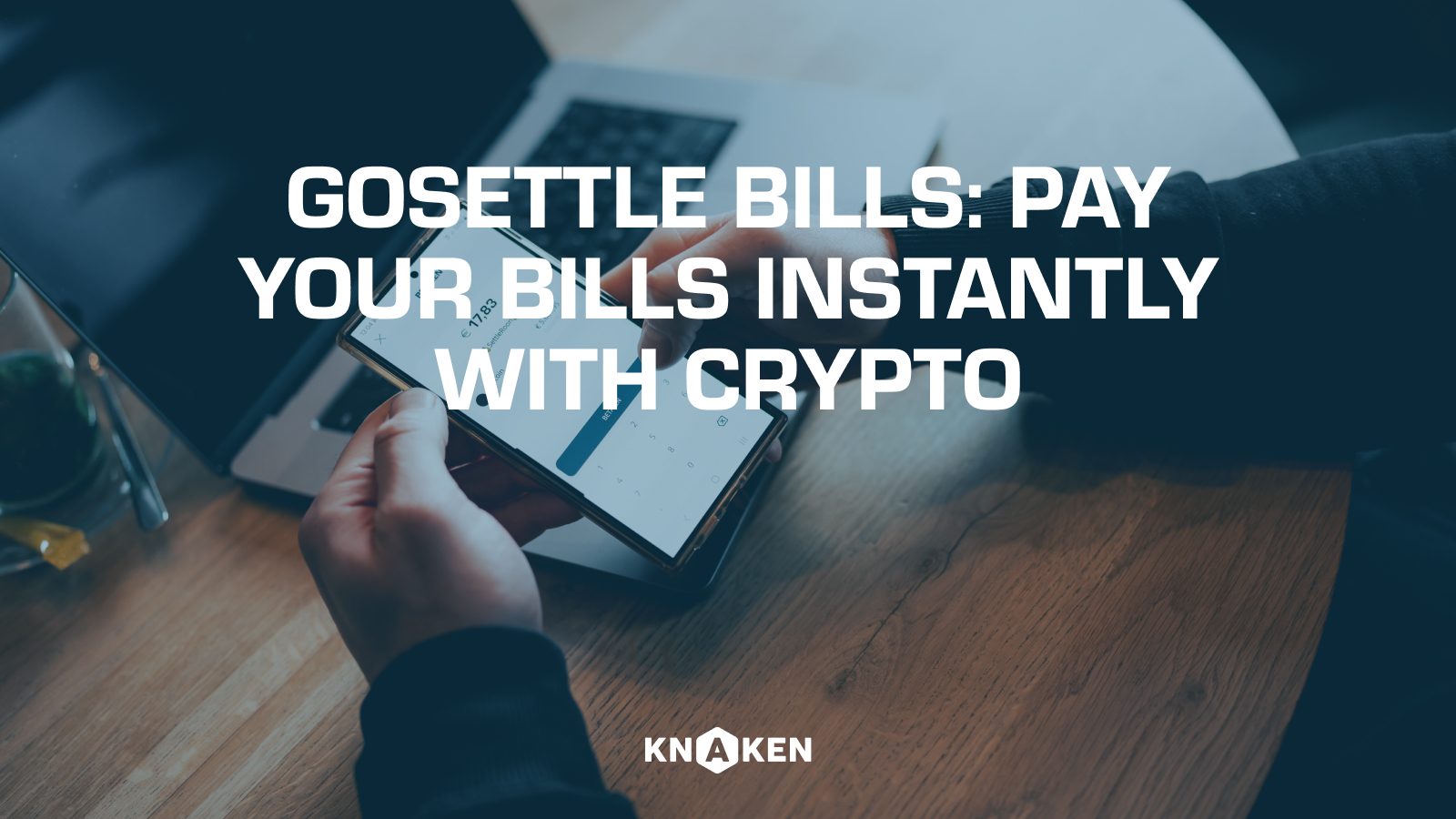Ethereum
Introduction to Ethereum
Ethereum is an open-source, decentralized blockchain platform that enables developers to build and deploy smart contracts and decentralized applications (DApps). Launched in July 2015 by Vitalik Buterin, Ethereum has grown to become one of the most influential and widely-used blockchain networks in the world. Unlike Bitcoin, which primarily serves as a digital currency, Ethereum focuses on broader use cases through its programmable environment.
Key Features of Ethereum
- Smart Contracts: Self-executing contracts with the terms of the agreement directly written into code. These contracts automatically execute and enforce themselves based on predefined conditions.
- Decentralized Applications (DApps): Applications that run on a peer-to-peer network rather than being hosted on centralized servers, promoting transparency and reducing the risk of censorship.
- Ethereum Virtual Machine (EVM): A runtime environment that executes smart contracts and DApps, allowing developers to create and deploy decentralized applications across the Ethereum network.
- Ether (ETH): The native cryptocurrency of the Ethereum platform, used for transaction fees, rewards, and as a medium for executing smart contracts.
- Community-Driven Development: Ethereum’s development is driven by its community through an open-source approach, allowing developers from around the globe to contribute to its ecosystem.
How Ethereum Works
Ethereum operates through a decentralized network of nodes that validate transactions and maintain a shared ledger known as the blockchain. Here’s a simplified breakdown of how Ethereum functions:
- Transactions: Users create transactions that reference smart contracts, and these transactions are broadcasted to the network.
- Mining/Validation: Nodes on the network validate transactions using a consensus mechanism. Initially, Ethereum used Proof of Work (PoW) but transitioned to Proof of Stake (PoS) with the Ethereum 2.0 upgrade.
- Block Creation: Validated transactions are grouped into blocks that are added to the blockchain, forming a chronological record of all transactions.
- Smart Contract Execution: Once a smart contract is triggered by a transaction, the EVM executes the contract code, altering the state of the blockchain if necessary.
Ethereum 2.0: Transition to Proof of Stake
Ethereum 2.0, also known as ETH 2.0 or Serenity, is an ambitious upgrade aimed at improving network scalability, security, and sustainability. Key features include:
- Proof of Stake (PoS): Ethereum 2.0 shifts from PoW to PoS, where validators are chosen to create new blocks based on the number of coins they hold and are willing to “stake” as collateral.
- Shard Chains: These chains enable the network to process multiple transactions in parallel, increasing throughput and efficiency.
- Beacon Chain: A new chain that coordinates the network, manages validators, and oversees the PoS mechanism, playing a vital role in Ethereum 2.0’s scalability goals.
Use Cases of Ethereum
Ethereum has numerous applications across various sectors, including:
- Decentralized Finance (DeFi): A movement aimed at recreating traditional financial systems using decentralized technologies, facilitating lending, borrowing, trading, and saving without intermediaries.
- Non-Fungible Tokens (NFTs): Unique digital assets representing ownership of a specific item or content, often used in art, gaming, and collectibles.
- Supply Chain Management: Ethereum can track products throughout their supply chain, providing transparency and improving efficiency in logistics.
- Identity Management: Blockchain technology can enhance identity verification processes, ensuring data integrity and privacy for users.
Challenges and Criticism
Despite its successes, Ethereum faces several challenges, including:
- Scalability: The network has struggled with congestion and high transaction fees during peak usage times.
- Security Vulnerabilities: Smart contracts can have bugs or flaws that may be exploited by malicious actors, leading to significant financial losses.
- Environmental Concerns: The energy consumption of the PoW mechanism raised alarms regarding the environmental impact of mining. However, the transition to PoS aims to address this issue.
The Future of Ethereum
As Ethereum continues to evolve with the implementation of Ethereum 2.0 and beyond, it is expected to solidify its position as a leader in the blockchain space. Future developments may focus on:
- Further Improvements to Scalability: Ongoing research and development efforts aimed at optimizing the network will play a crucial role in accommodating future growth.
- Enhanced User Experience: Making DApps and the Ethereum ecosystem more user-friendly to encourage mainstream adoption.
- Interoperability: Building bridges with other blockchains to facilitate seamless communication and interaction across different networks.
Conclusion
Ethereum represents a significant innovation in the blockchain space, paving the way for a new era of decentralized applications and smart contracts. Its vibrant community, technological advancements, and diverse use cases indicate a promising future. As the platform adapts and grows, Ethereum continues to challenge the status quo of various industries, emphasizing the importance of decentralization in the digital age.


















